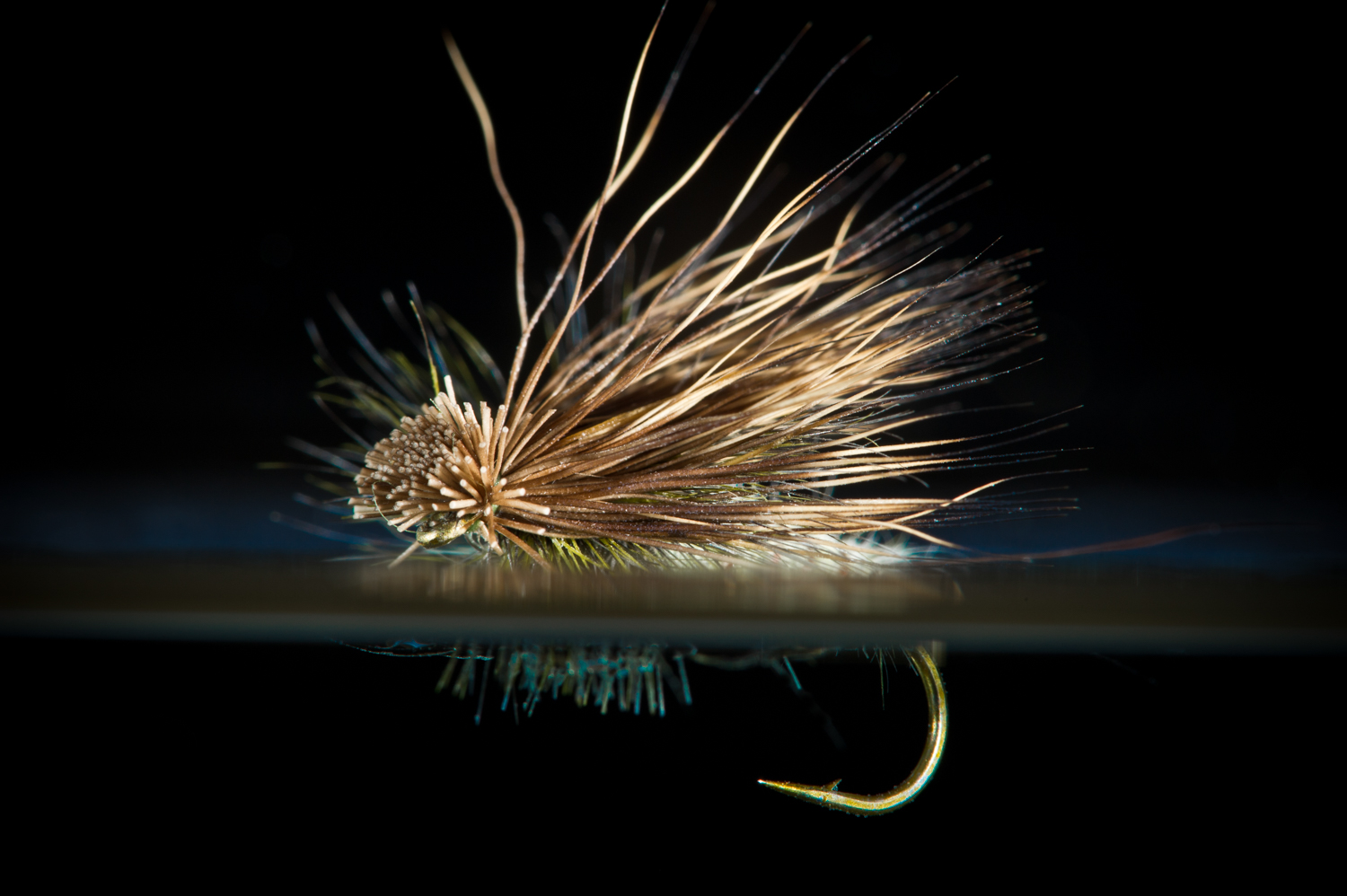Use Attractors for Prospecting

Use Attractors for Prospecting
One of the best lessons I learned from scuba diving with trout came from watching them react to attractor flies. To set the scene, I had a buddy fishing a two-fly dry-fly rig. The lead fly was a size 12 Stimulator—a big ugly bug that might look like a terrestrial or a stonefly, although its basic mission is, as the name implies, to stimulate a rise. The second fly, trailed 18 inches off the hook shank of the first, was a size 18 Blue-Winged Olive, meant to match the natural baetis flies that pop up on the surface now and again.
As I watched the fish from below the surface, time and time I noticed them swim up to check out the larger fly, then catch view of the smaller fly and go eat it. The lesson is that if you are fishing two small dry flies, you won’t draw their attention as consistently as you would by using an attractor dry fly.
The same applies to nymph fishing, particularly in swift currents or in tinted water. Your first should be a big ugly bug—maybe a hot pink San Juan Worm or a size 14 Flashback Pheasant Tail. Your trailer fly should be something smaller, perhaps a size 18 Barr Emerger. The fish are going to turn on the big bug that attracts their attention. Sometimes they’ll eat it, but usually they’ll pass on it in favor of the smaller fly. And they won’t eat the smaller fly as consistently if you don’t have an attractor bug drawing them in in the first place.
The attractor fly really only works when you are prospecting and when there isn’t a consistent hatch coming off. When you’re fishing a prolific hatch, don’t mess around with attractors.
.svg)








